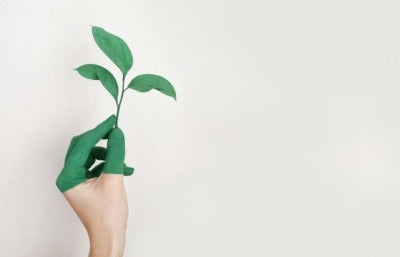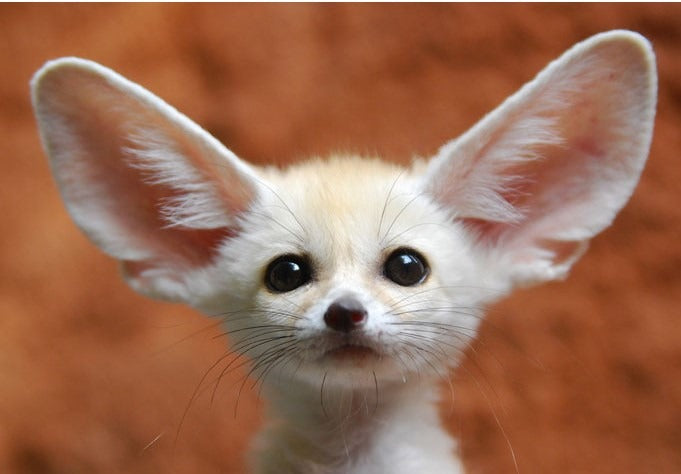
Earth Day, Every Day
Like sweet music, love for nature is a universal language that transcends all barriers . This is why today, on World Earth Day, we should all stop and reflect on this great space that unites us: human beings, animals and plants. We are all part of a cosmic symphony within which we find inspiration . Our planet represents a muse that animates us every day, guides us, orients us, stimulates us and gives us unrepeatable and extraordinary moments of life. As Luis Sepulveda, the famous writer who sadly passed away a few days ago, said, in our life we have many reasons to be happy: one of these is called water, another is called wind, yet another is called sun and it always comes as a reward later the rain. For this reason, precisely today that we find ourselves physically separated due to a problem that afflicts all of humanity, we can and must, even more than ever, appreciate the wonderful beauty of our planet and celebrate the life that helps us understand how it works everything that surrounds us.
It was 1970 when the common desire to adopt a more sustainable way of living first emerged. While the assault on natural resources raged and excessive consumerism took its first steps, the hippie movement made its way among colorful protests and thus the first Earth Day was born . A day dedicated to raising everyone's awareness of the problems that afflict our beautiful planet. An anniversary that at CasaGIN we celebrate every day, trying to make our contribution to a better world and common well-being. But today, on the fiftieth anniversary of this anniversary, we would like to celebrate by discovering some of the most curious creatures that live with us .
Atlantic glaucus
Also known as a blue dragon, this small shellless mollusk has 84 fingers placed around its body that allow it to perform respiratory and digestive functions. It lives in temperate and tropical waters in the South Atlantic, around Australia and off Mozambique.
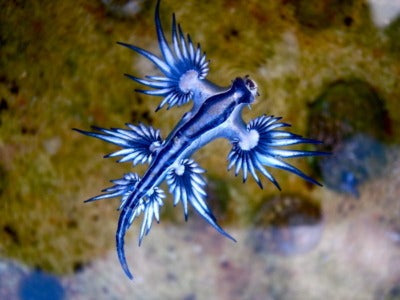
Lineus longissimus
It is a marine invertebrate, whose main characteristic is that it holds the record for length in the animal kingdom: a specimen that washed ashore after a violent storm in Saint Andrews in Scotland in 1864 measured 55 metres.
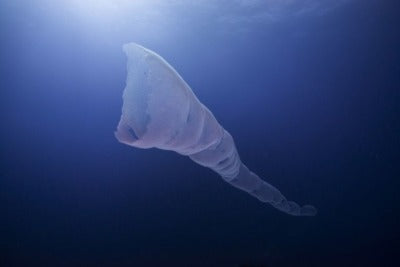
Giant Japanese crab
It is a particularly ancient species of crab, considered a living fossil. Known in the scientific world as Macrocheira kaempferi, it is the largest known species of crab and can live up to 100 years. It is widespread in the Pacific area surrounding the Japanese archipelago and hides in the seabed.
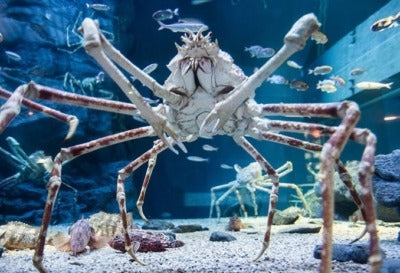
Blue whale
It is the largest known animal to ever exist and weighs up to 180 tons. It is considered a cosmopolitan species as it is found in all the seas and oceans of the world, even if today it is at risk of extinction. However, there are migratory groups capable of traveling from the poles to tropical regions.

Venezuelan poodle
Discovered in Venezuela in 2009, this new species of alien-looking moth has poodle-like fur covering its head, thorax, abdomen and even its wings. It seems like something straight out of a fairytale book, but has instead aroused the interest of the entire scientific world which is studying its origins and behaviour.
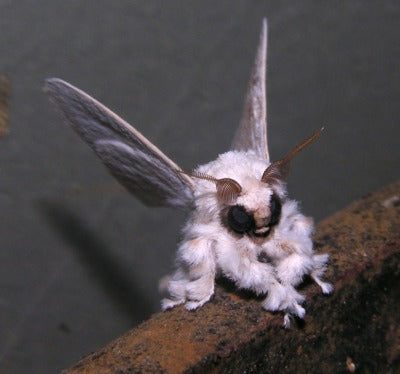
Tatar Saiga
This saiga, an endangered antelope, is widespread in the Eurasian steppe and known for its extremely unusual, oversized and flexible nasal structure. It is one of the world's oldest mammals, having shared the Earth with saber-toothed tigers and woolly mammoths, surviving extreme weather conditions for millennia.
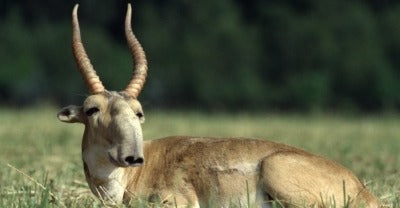
Desert fox
This particular type of fox, called Fennec, is the smallest in the world and lives in the North African desert. It is an extremely curious and intelligent animal that lives at night. The long ears serve to disperse heat and allow him to have excellent hearing.

Bird of paradise
The paradisea superba is a bird that has a small female population, thus forcing the males into fierce competition. These are birds with diurnal and solitary habits, which live among the branches of trees in New Guinea and spend most of their time searching for food.
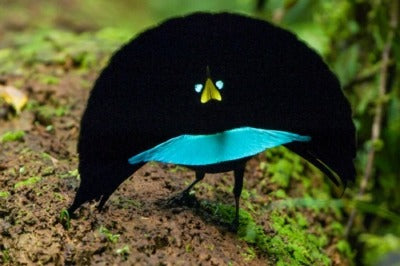
Unfortunately, many of these species are at serious risk of extinction. This is why at CasaGIN we are about to launch an original and careful project , which among other things will aim to support the WWF and therefore the World Wildlife Fund. We want to take care of every aspect of the planet. We started with humans, paying more attention to working processes and conditions. We therefore oriented ourselves towards materials, with the aim of rediscovering the well-being transmitted by what we wear, and aiming to reduce waste and consumption. We wish to continue to spread our vision and sow awareness, in this case by treating animal species with greater respect and helping them survive in an increasingly treacherous world. The greatness and progress of humanity also depends on how we care for the most vulnerable species.

